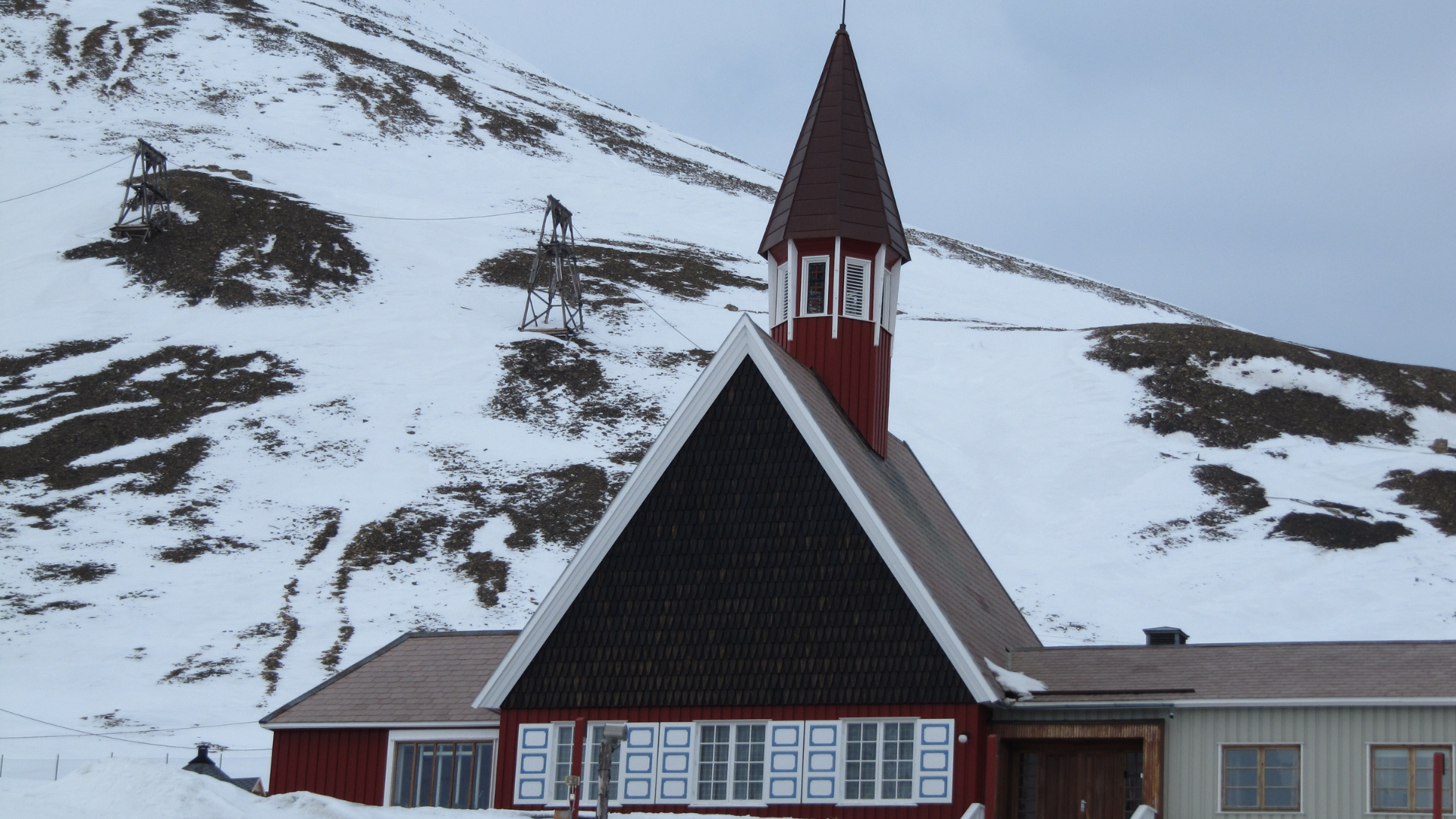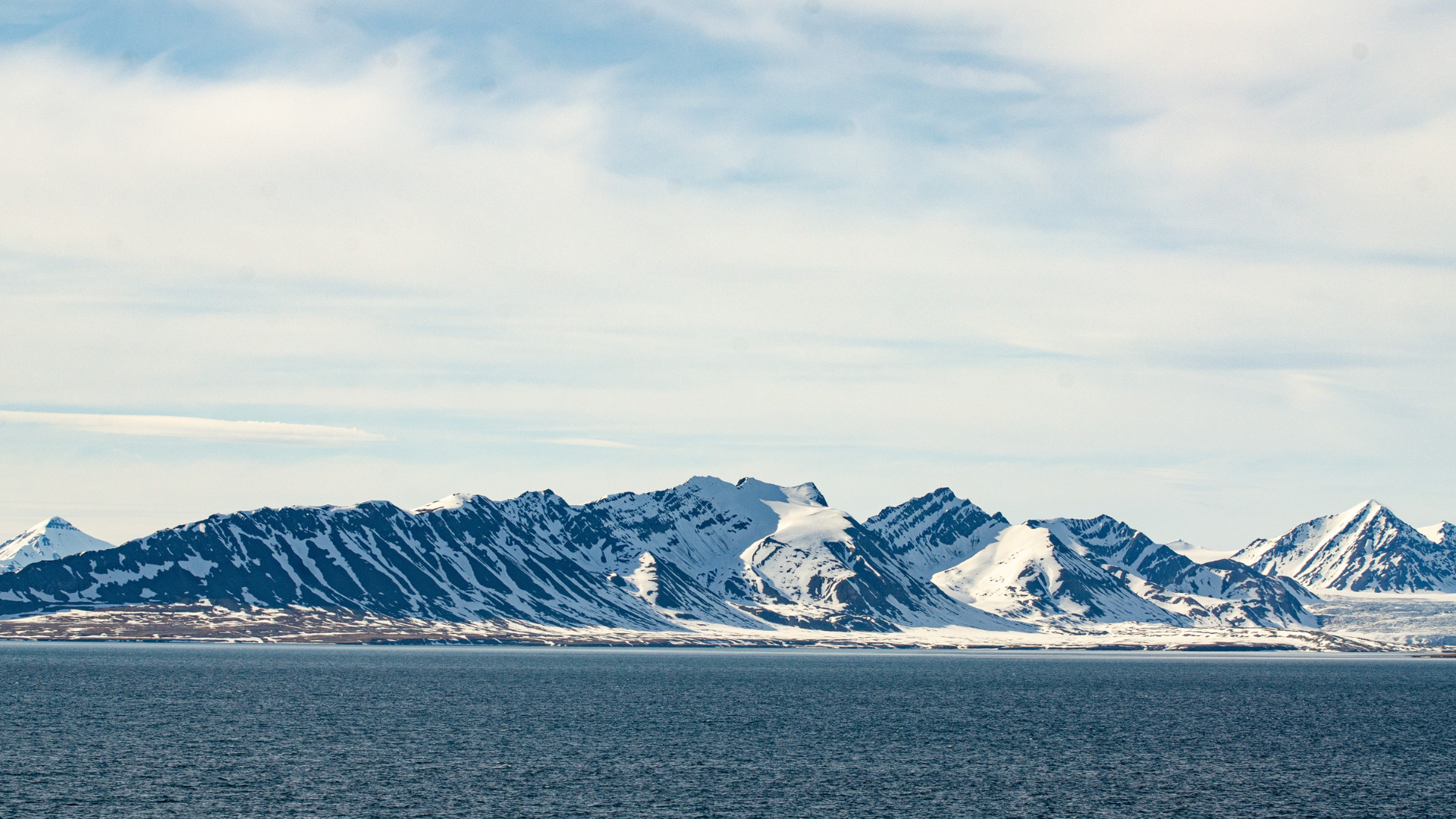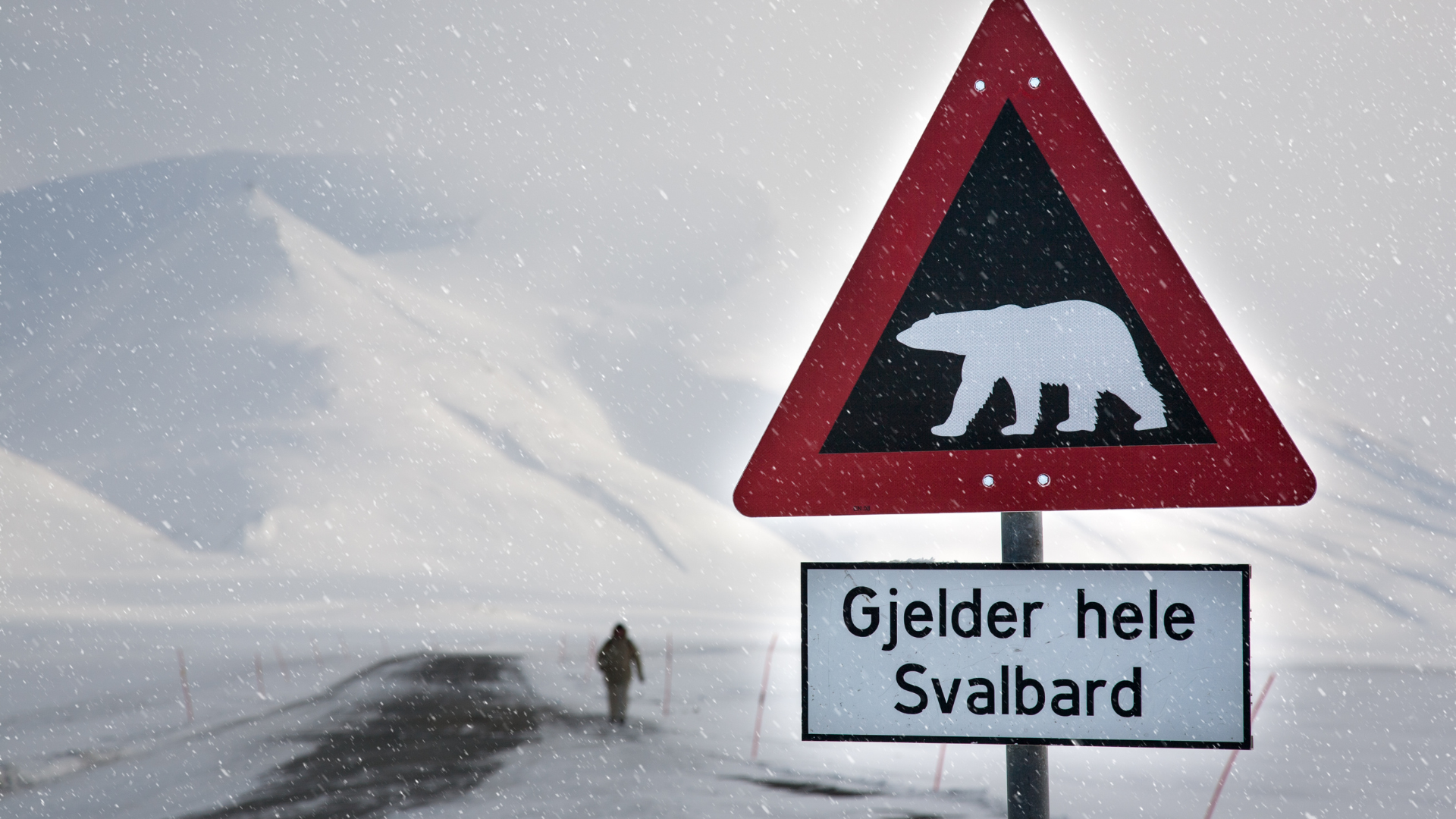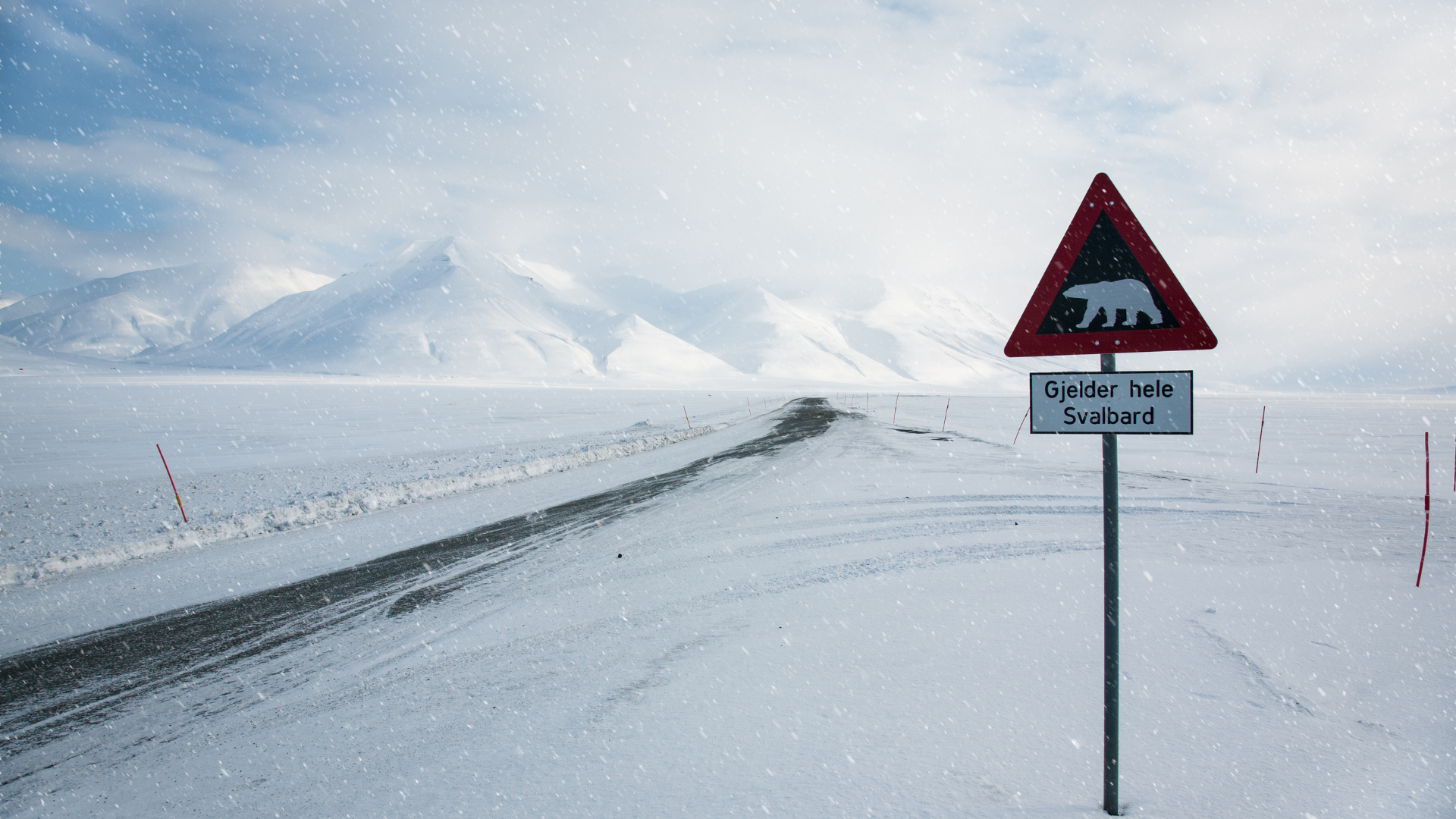Svalbard Best Ways to Prepare for Your Trip in July
Svalbard Best Ways to Prepare for Your Trip in July
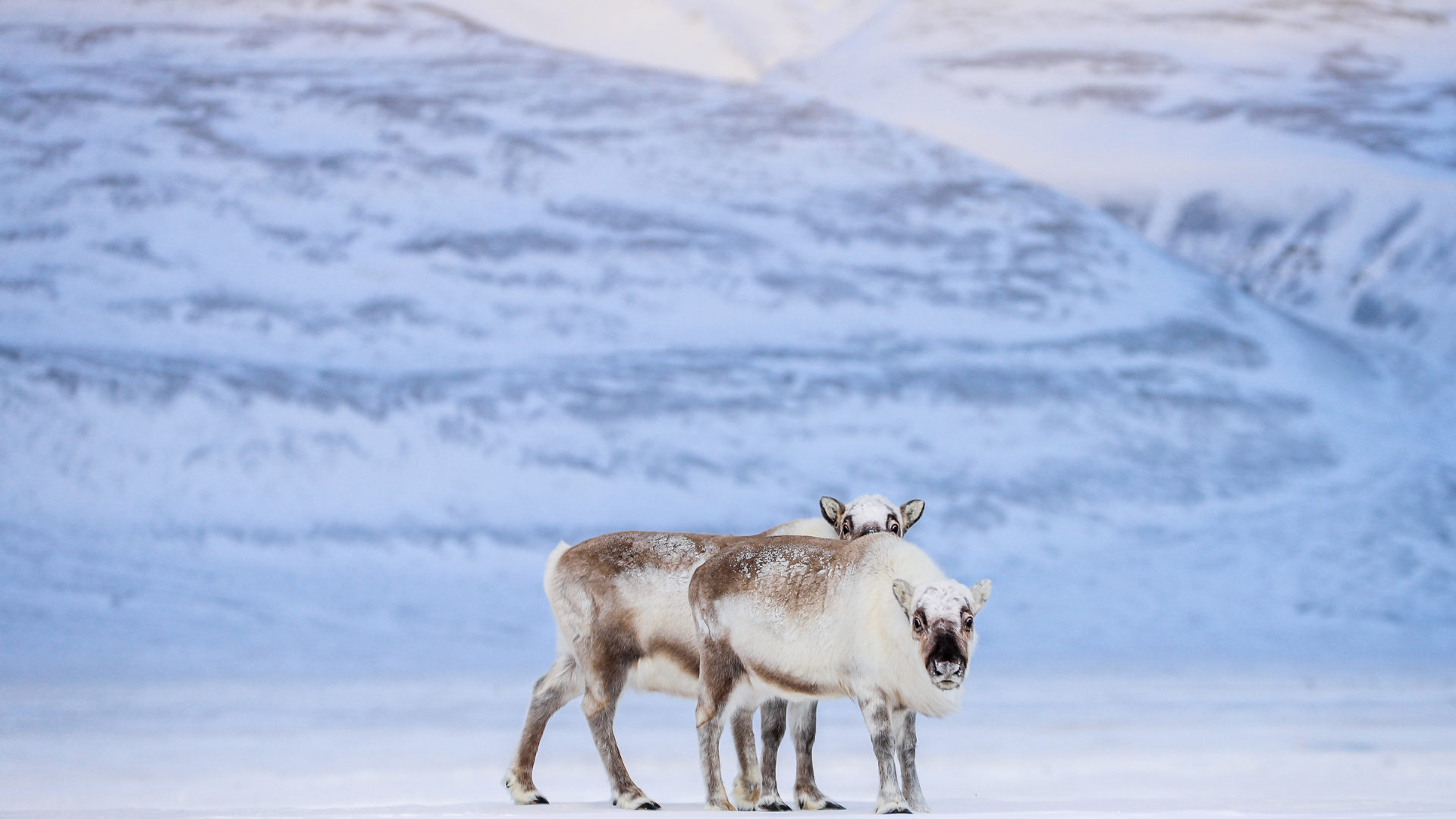
July in Svalbard is a time of vibrant life and near-endless daylight, offering a unique window into the Arctic summer. The landscape is in full bloom, with tundra flowers dotting the rugged terrain and wildlife activity reaching its peak. As the warmest month of the year, July provides an excellent opportunity to experience Svalbard’s natural beauty, but it also requires careful preparation to ensure a safe and enjoyable trip.
Packing for a trip to Svalbard in July requires a balance between preparing for the Arctic environment and embracing the more temperate summer conditions. While the temperatures are milder than in the winter months, they can still be cool, especially in the mornings and evenings. A good layering system is essential, starting with moisture-wicking base layers, followed by insulating layers such as a fleece or down jacket, and a waterproof, windproof outer layer. Even though July is relatively warm, the weather in Svalbard can change rapidly, so being prepared for sudden cold snaps or rain showers is important. A hat, gloves, and scarf are still advisable, as well as sturdy waterproof boots for hiking or other outdoor activities.
July is also a prime time for wildlife viewing in Svalbard. The archipelago’s rich ecosystem comes to life with the activity of polar bears, reindeer, Arctic foxes, and a multitude of seabirds. The fjords and coastal areas are bustling with marine life, including seals, walruses, and even the occasional whale. To make the most of these wildlife encounters, consider joining guided tours that offer expert insights into the behavior and habitats of these animals. Bringing a good camera and binoculars will enhance your experience, allowing you to capture the stunning wildlife and landscapes that define Svalbard’s summer.
Accommodation in Svalbard should be booked well in advance, as July is one of the busiest months for tourism. Whether you choose to stay in Longyearbyen or explore more remote settlements like Ny-Ålesund or Barentsburg, ensure your lodging is equipped to handle the varying weather conditions. Many hotels and guesthouses offer amenities such as guided tours and equipment rentals, which can be convenient if you prefer not to bring all your gear. Additionally, some accommodations provide blackout curtains to help with sleep, given the 24-hour daylight, but bringing a sleep mask is still a good idea to ensure you can rest comfortably.
The endless daylight of July in Svalbard can be both a blessing and a challenge. While it allows for extended exploration and activities, it can also disrupt your natural sleep patterns. It’s important to manage your time effectively, ensuring that you get enough rest despite the constant daylight. Planning a balanced itinerary that includes both active adventures and downtime can help you avoid burnout and make the most of your time in this unique environment. Additionally, staying hydrated and maintaining a regular meal schedule can help keep your energy levels up.
Outdoor activities are abundant in Svalbard during July. Hiking is particularly popular, with trails offering breathtaking views of glaciers, mountains, and the Arctic Ocean. Be sure to wear appropriate footwear and bring trekking poles if you plan to tackle more challenging routes. For those interested in water-based activities, kayaking and boating excursions provide an intimate way to explore the fjords and spot marine life. The relatively mild weather also makes July an ideal time for glacier walks and exploring ice caves, though these activities should always be done with a guide due to the inherent risks of the Arctic environment.
Safety is a major consideration when visiting Svalbard, particularly due to the presence of polar bears. These powerful predators are a constant presence in the region, and all visitors must take precautions to avoid dangerous encounters. If you plan to venture outside of populated areas, carrying a firearm for protection is mandatory, though joining a guided tour is highly recommended for those unfamiliar with the terrain and wildlife. In addition to polar bears, other potential hazards include avalanches, especially in areas with steep terrain, and sudden changes in weather conditions.
Svalbard’s remoteness means that preparation is key to a successful trip. Flights to Longyearbyen should be booked early, and travel insurance that covers emergency evacuation and medical treatment is essential. Medical facilities in Svalbard are limited, so packing a first aid kit and any necessary medications is crucial. It’s also wise to familiarize yourself with the locations of emergency services and medical facilities before embarking on any excursions. Ensure that your insurance policy covers the specific activities you plan to undertake, such as hiking, kayaking, or glacier walking.
Finally, visiting Svalbard in July requires a commitment to environmental stewardship. The archipelago’s delicate ecosystems are highly sensitive to human impact, so it’s important to follow all guidelines related to waste disposal, wildlife interactions, and the preservation of natural habitats. By adhering to these principles and preparing thoroughly for your trip, you can ensure that your adventure in Svalbard is both enjoyable and responsible, allowing you to experience the unparalleled beauty of the Arctic while leaving a minimal footprint.


